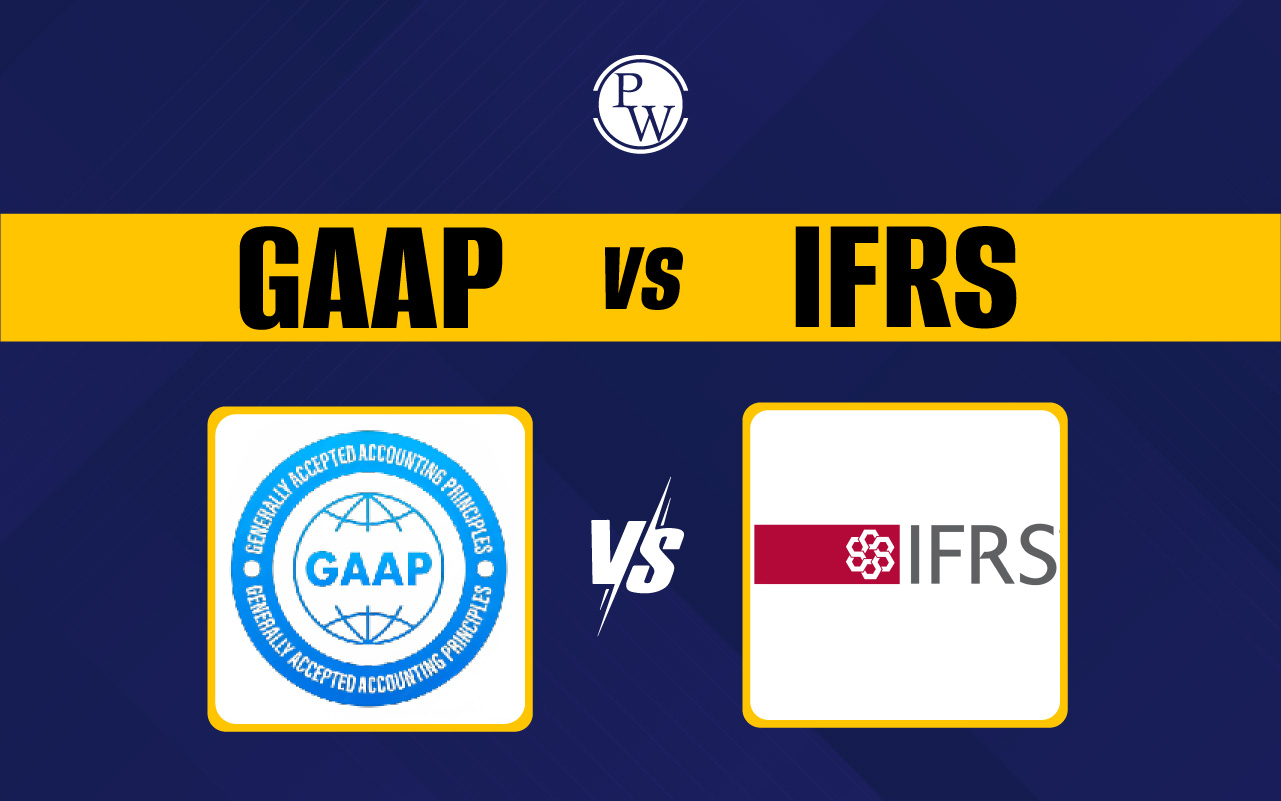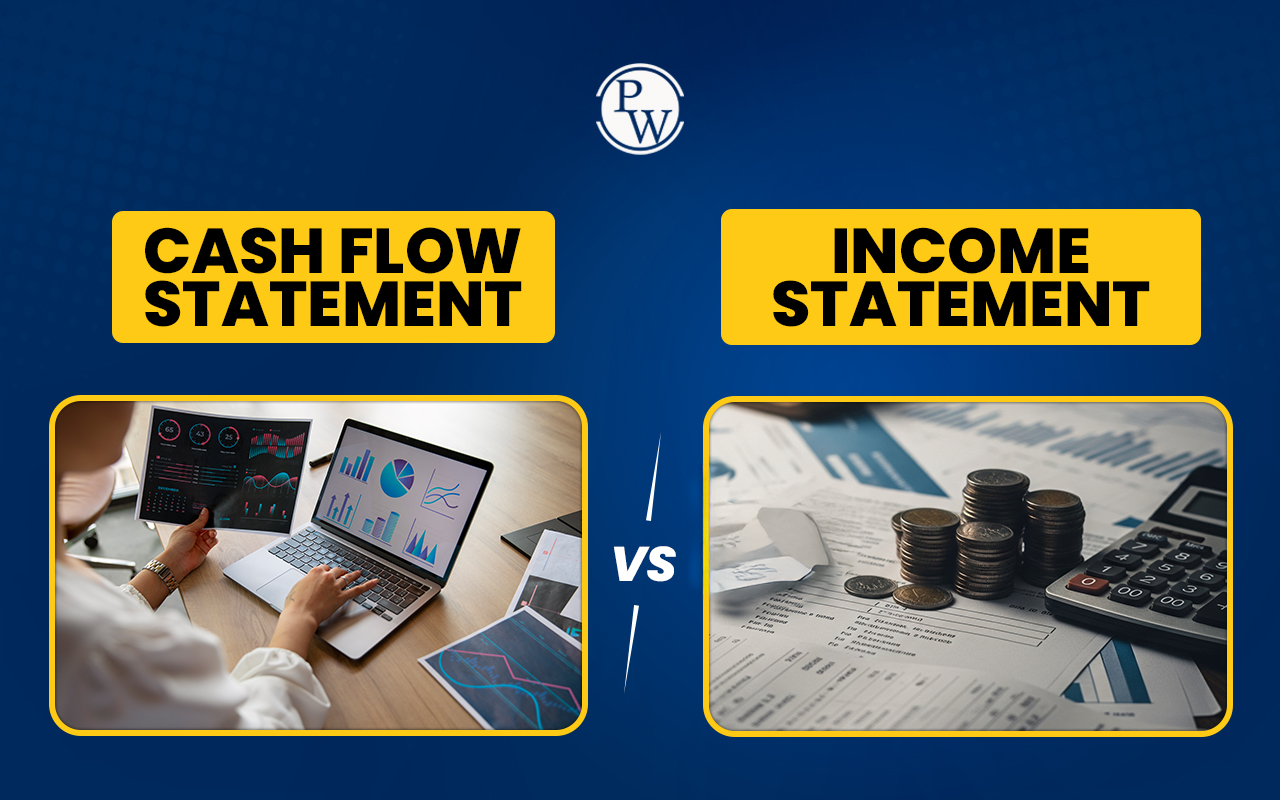

Income Statement Analysis is a key process in finance and accounting. It helps business owners, managers, and investors understand a company’s financial performance. This analysis focuses on the revenues and expenses generated over a specific period. It is essential for checking a company's profitability and overall health.
What is Income Statement Analysis?
Income Statement Analysis is the careful study of a company's financial report. It is also known as the Profit and Loss statement analysis. Any company begins its operations by getting money from the creditors and investments from the investors. These two people are potential personalities who eagerly want to know the performance of the organisation. Therefore, it becomes important to do the Income Statement Analysis.
Importance of Analysing Income Statements
Income Statement Analysis is vital for making smart, informed decisions about the business. It is one of the most important steps in financial review.
-
Check Profitability: A business has been established to earn profits and function in the long run. Business owners and investors need to track the revenue, expenses, and profits earned over a period of time.
-
Decision-Making: Company leaders can make decisions only after reviewing the income statements. They can decide on the suppliers for the raw materials.
-
Inform Investors and Creditors: Creditors and Investors want to know the financial performance of the company. They want to check the profitability in a particular period.
-
Identifies Trends and Growth: Comparing statements over several periods helps to spot patterns. Is sales growth slowing down? Is the tax rate unusually high? This trend analysis is crucial for financial forecasting and setting realistic future targets.
-
Benchmarking: Business owners can apply the vertical and horizontal analysis to make a fair comparison of the industry peers regardless of size.
Steps to Perform Income Statement Analysis
To do a good analysis, a candidate must follow a clear, step-by-step method. This ensures that no part of the financial statement is missed.
|
Steps to Perform Income Statement Analysis |
|
|
Step |
Description |
|
Step 1: Gather Statements |
Collect income statements for the past 3–5 years to study trends. |
|
Step 2: Review Key Items |
Separate operating and non-operating revenues and note any one-time expenses. |
|
Step 3: Perform Horizontal Analysis |
Compare figures year by year to see growth or decline. |
|
Step 4: Perform Vertical Analysis |
Convert all figures into percentages of total revenue to find the cost structure. |
|
Step 5: Calculate Ratios |
Find profitability ratios to summarise performance in simple terms. |
|
Step 6: Compare and Conclude |
Compare company results with industry averages and write conclusions. |
Profitability Ratios in Income Statement Analysis
Profitability ratios are central to Income Statement Analysis. They show how successfully a company turns its sales into profit at different stages. A higher percentage is usually better.
|
Profitability Ratios in Income Statement Analysis |
|
|
Profitability Ratio |
Formula |
|
Gross Profit Margin |
(Gross Profit ÷ Revenue) × 100 |
|
Operating Profit Margin |
(Operating Income ÷ Revenue) × 100 |
|
Net Profit Margin |
(Net Income ÷ Revenue) × 100 |
|
EBITDA Margin |
(EBITDA ÷ Revenue) × 100 |
Horizontal Analysis Explained
Horizontal analysis, also called trend analysis, compares financial data across different time periods. It is used to spot changes and long-term performance.
How it Works:
-
A base year is chosen for comparison (e.g., Year 1).
-
The candidate calculates how much each line item has changed in later years (Year 2, Year 3, etc.) compared to the base year. This is shown as a percentage change.
Example of Horizontal Analysis:
|
Income Statement Line |
Year 1 (Base) |
Year 2 |
Dollar Change (Y2 - Y1) |
Percentage Change |
|
Revenue |
$100,000 |
$110,000 |
$10,000 |
+10.0% |
|
COGS |
$40,000 |
$46,000 |
$6,000 |
+15.0% |
|
Gross Profit |
$60,000 |
$64,000 |
$4,000 |
+6.7% |
Insights for the Candidate:
-
Revenue grew by 10.0%, which is good.
-
However, COGS grew faster, at 15.0%.
-
The Gross Profit growth of only 6.7% is a concern.
-
The candidate knows costs are rising too fast and need to be checked.
Vertical Analysis Explained
Vertical analysis is known as common-size analysis. It helps understand the internal structure of the financial statement. It is essential for comparing companies of different sizes.
How it Works:
-
The Total Revenue for the year is set as the base, or 100%.
-
Every other line item (like COGS or Operating Expenses) is calculated as a percentage of that Total Revenue.
Example of Vertical Analysis:
|
Income Statement Line |
Amount (Year 2) |
Percentage of Revenue |
|
Revenue |
$110,000 |
100.0% |
|
COGS |
$46,000 |
41.8% |
|
Gross Profit |
$64,000 |
58.2% |
|
Operating Expenses |
$20,000 |
18.2% |
|
Operating Income |
$44,000 |
40.0% |
Insights for the Candidate:
-
For every dollar of sales, 41.8 cents is spent on producing the goods.
-
40.0 cents of every sales dollar remains as operating profit.
-
If a rival company has Operating Expenses of 15.0%, this company is spending too much at 18.2%. This helps the candidate identify areas for saving money.
Income Statement Analysis FAQs
What is the main purpose of performing Income Statement Analysis?
What is the fundamental goal of calculating Profitability Ratios?
Who relies on Income Statement Analysis the most outside the company?
Why is it important to remove "non-recurring" items during analysis?













